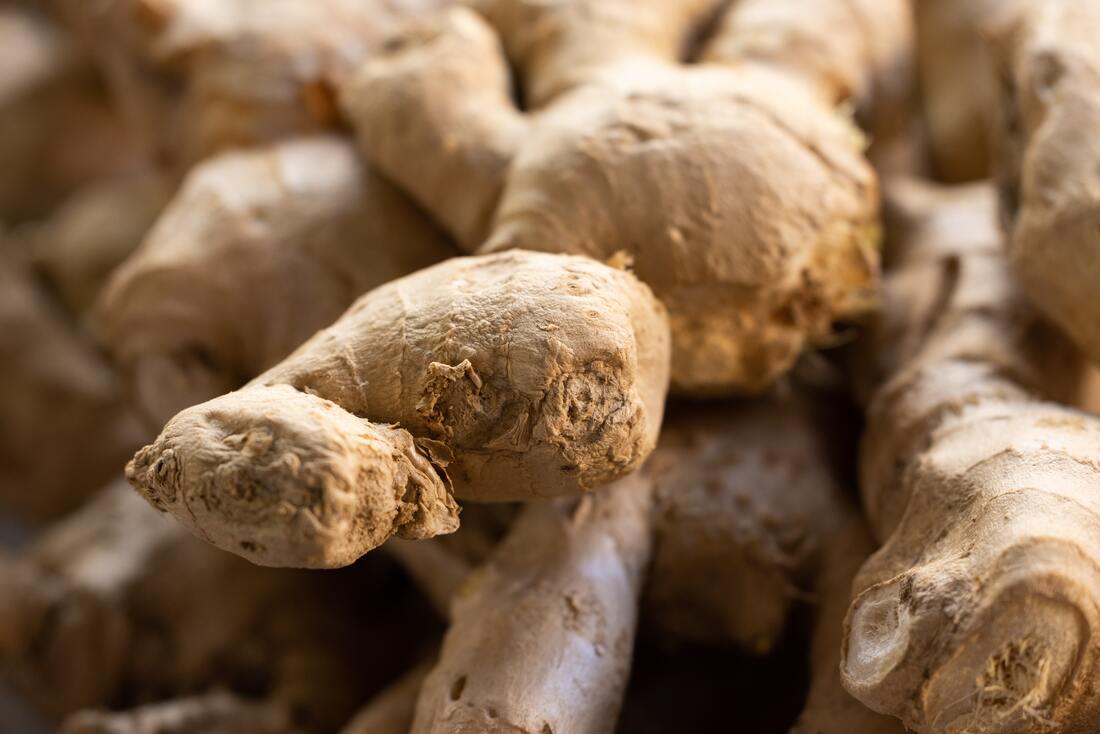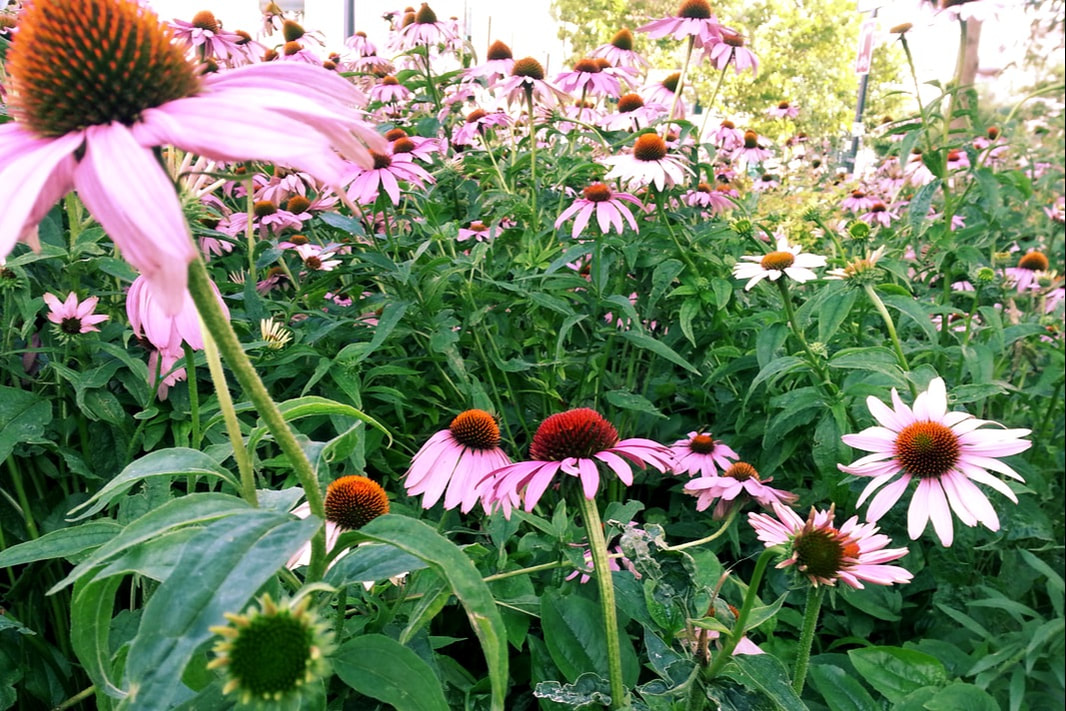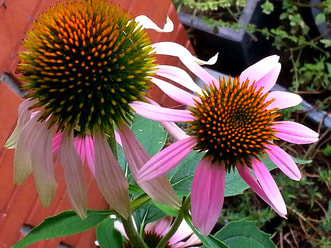A few days ago, I looked into a book that was passed on to me and extremely invaluable as I attended university in the 1990s - an English dictionary. Since my last post about Sweet Potatoes and Roots, I have been contemplating this word "Root." So I looked in to find the definition of Root and I find 12 different possibilities as a noun and as a verb. Most of them have something to do with having a "base" or "core" or "source," whether referring to human, plant, language or mathematics, and even to encourage. Fascinating, isn't it?
Many of the Herbal Medicines in the Chinese Materia Medica are Roots. One that particularly stands out is Ginger and is listed in a few different forms. They are fresh Ginger (Rhizoma Zingiberis Recens, 生姜 Shēng Jīang), Ginger peel (Cortex Rhizoma Zingiberis Recens, 生姜皮 Shēng Jīang Pí), dried Ginger (Rhizoma Zingiberis Officinalis, 干姜 Gān Jīang) and quick-fried Ginger (Zingiberis Rhizoma Praeparata, 炮姜Páo Jīang).
In its fresh form, just like we get them here in the normal grocery store, Rhizoma Zingiberis Recens, 生姜 Shēng Jīang, is a food-grade herb. As such, one can cook it with other ingredients to enhance the taste of that particular food, like fish, meat or vegetables. In some Asian supermarkets, you may find young ginger, that which is yellowish in color with a green stem protruding out of the rhizome. This form is a little less warming than the older brown version. Herbal decoctions regularly containing multiple Herbs, prescribed by a Chinese medical practitioner, often includes Ginger to harmonize the Herbal Formula combinations; aiding better absorption of the Herbs into the body and to prevent possible toxic side-effects from other potent Herbs. In fact, I have read that Ginger can be used as a remedy for food poisoning, and in fact is cooked with fish in order to neutralize toxins in many traditions.
In the everyday, we can grate it, make an Herbal infusion out of it just by adding hot water and letting it steep for 10 minutes just as a beverage. This can be very helpful too if you had symptoms like chills and/or fever caused by the common cold virus. In fact, making a foot-bath or a whole-body-bath with this infusion till one gets warm and sweaty would also help expel what we call "Wind-Cold Invasion" in Chinese Medicine. If you wanted to enhance the digestive effect of Ginger, then you can throw in a couple of slices of Ginger into a pot with water and cook it for at least 15 minutes. This infusion would be less spicy but more warming for the Stomach, good for stopping nausea and vomiting in pregnancy or otherwise, help relieve bloating and digestive distress. Shēng Jīang enters the Lung, Spleen and Stomach, is spicy and warm. In contrast, Shēng Jīang Pí, Ginger Peel is spicy-cool and is good for edema and promoting urination.
As with anything, too much of a good thing transforms it to a hindrance. If you tend to heat in your system, then too much Ginger will overheat you. A spicy flavor will circulate Qi and too much circulation will dry out the body. Use moderately or speak with your practitioner, if Ginger is appropriate for you. I find that this is one of the many simple Herbal foods that I almost always have at home or with me when I travel. One of our favorite meals is rice with chicken, cooked with Ginger, soya sauce and Sesame oil; a simple but scrumptious recipe passed down to me from my mother. Like so much around the world, people have used food as medicine since time in memorial. It is only us modern urban-dwelling, city-folk, who are often times disconnected from nature, who question the validity of food as being able to affect our health or never really realizing that what we put into our bodies might affect who we are. Just because something doesn't come in a form of a pill, doesn't make it less potent. In fact, it is this that I challenge; something in its purest form, like the Ginger Root, may be the strongest medicine as it is whole. In its wholeness, it helps us to find unity in ourselves, to reconnect us to our source, to our core.
Image Ginger Root by Engin Akyurt on pexels.com





 RSS Feed
RSS Feed